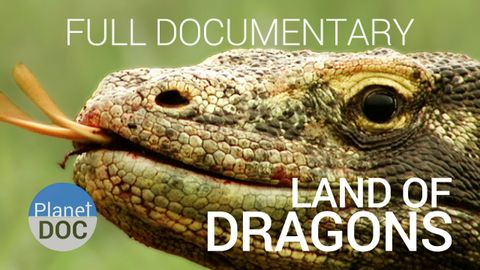
Subtitles & vocabulary
Full Documentary. Komodo Dragon | Land of Dragons - Planet Doc Full Documentaries
00
陳貞吟 posted on 2016/04/12Save
Video vocabulary
world
US /wɜrld /
・
UK /wɜ:ld/
- Noun (Countable/Uncountable)
- All the humans, events, activities on the earth
- Political division due to some kind of similarity
A1
More remain
US /rɪˈmen/
・
UK /rɪˈmeɪn/
- Intransitive Verb
- To be left behind; to continue to exist
- To stay in a place when other people have gone
A2TOEIC
More live
US /liv/
・
UK /lɪv/
- Intransitive Verb
- To be alive
- To make your home in a house or town
- Adjective
- Being broadcast as events happen, not recorded
- Carrying electric current; able to give a shock
A1
More predator
US /ˈprɛdətɚ, -ˌtɔr/
・
UK /'predətə(r)/
- Countable Noun
- An animal that hunts and kills other animals
- Person preying on the weak to gain advantage
B1
More Use Energy
Unlock All Vocabulary
Unlock pronunciation, explanations, and filters
